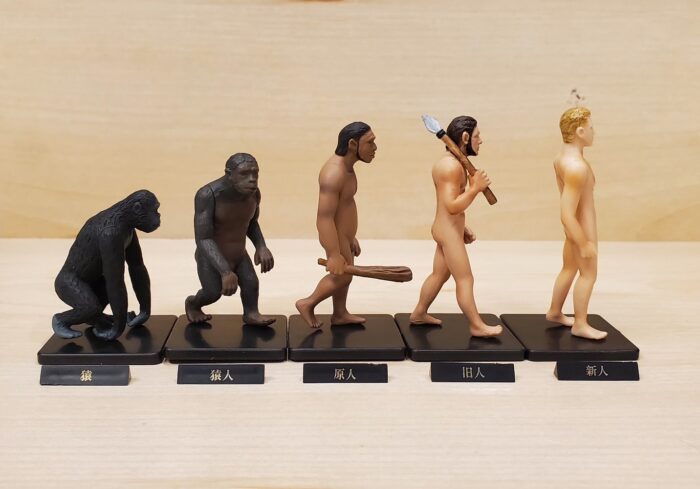
Review and images by bmathison1972; edited by Suspsy
Prehistoric and primitive hominids are not rare in the animal toy market, but evolutionary sets of them are. The first, and probably the most popular, was called Evolution of Man, produced by Bullyland in 1999.
Read more
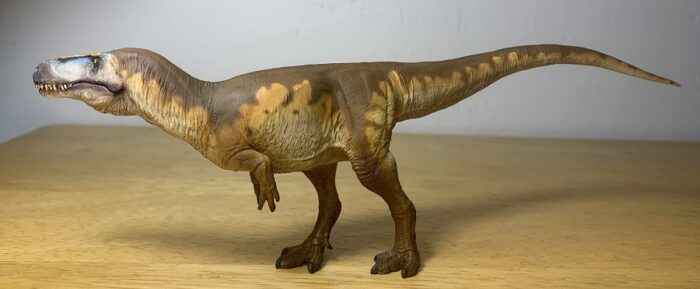
Megalosaurus isn’t a particularly awe inspiring animal as theropods go. It doesn’t have the strength and size of Tyrannosaurus, the bizarre adaptations of Spinosaurus, the horns of Carnotaurus, or even the rich fossil record of little ol’ Coelophysis.
Read more
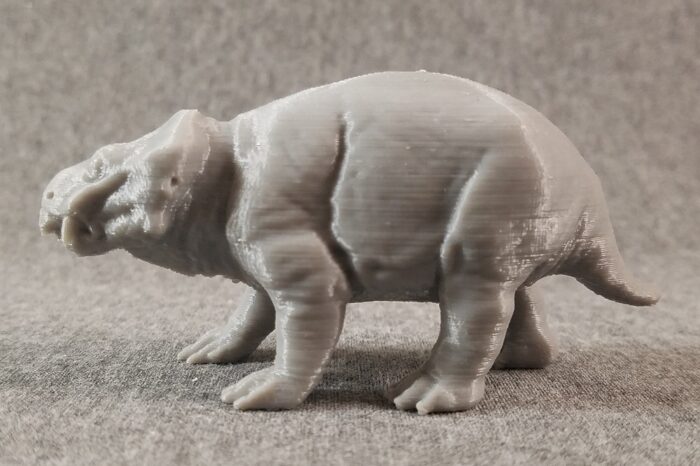
Dinosaurs weren’t the first giant plant-eaters to roam the Earth; that frontier was pioneered first among vertebrates by the dicynodonts, a group of tusked therapsids (the clade which includes modern mammals) which survived the Permian Mass Extinction and lasted to the end of the Triassic period.
Read more
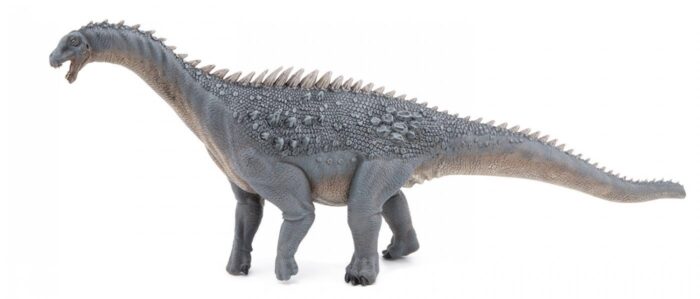
For 2024, Papo will be releasing three new dinosaurs. First we have the armoured French titanosaur Ampelosaurus. Looks like one of Papo’s better sauropods, although the colour scheme is nearly identical to that of the CollectA version.
Second up is Corythosaurus, the famous helmeted hadrosaur.
Read more
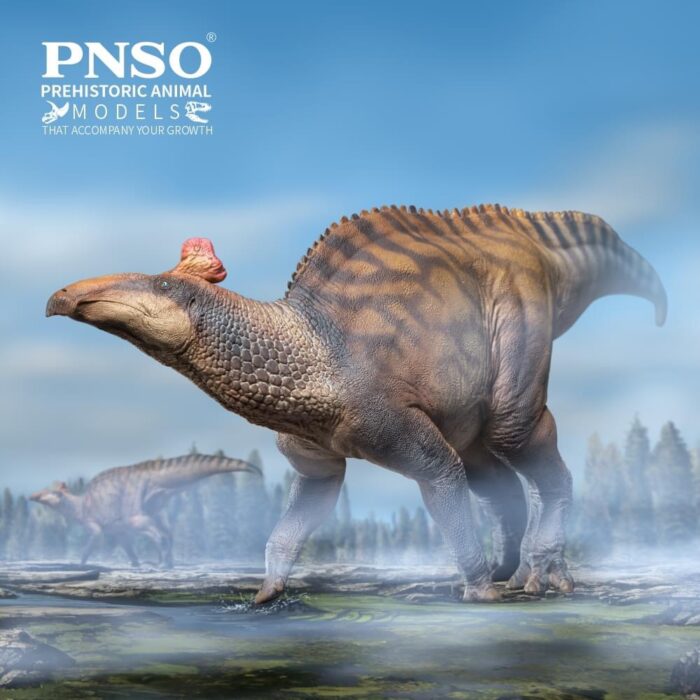
PNSO’s first new dinosaur for the year is Zabad the Edmontosaurus! Judging from that crimson comb, this big brute is supposed to represent E. regalis.
Read more

Nanuqsaurus (“polar bear lizard”) is a poorly understood Alaskan tyrannosaurine that lived around 68 to 70 million years ago. Although it is presently known only from fragments of skull and an array of teeth, it recently received a major boost of publicity in 2022 by appearing in the first season of the fabulous Apple TV series Prehistoric Planet.
Read more
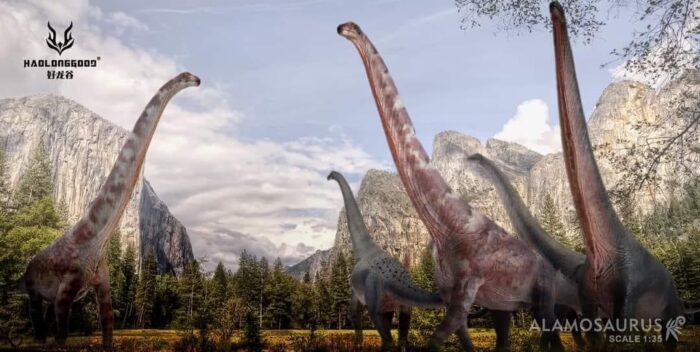
Last month, we saw the prototypes of Haolonggood’s gargantuan Alamosaurus trio. Now gaze upon the final production versions. They’re not as vividly coloured as before, but still quite attractive. Blue remains my favourite. Can’t wait to see someone review this behemoth!
Read more

The release of genera such as Metriacanthosaurus, Concavenator, and Irritator in the Hammond Collection line was initially met with controversy. Some collectors were excited to see non-canonical dinosaurs join the prestigious Hammond Collection while others were dismayed, hoping the dinosaurs seen in the films would be given priority.
Read more
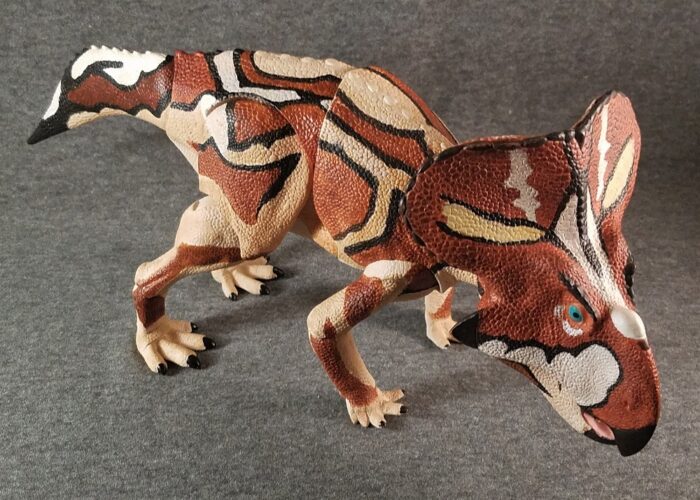
A famous story, an ancient tragedy, a spectacular discovery. Two dinosaurs, locked in lethal combat, suddenly perished from external forces, their bodies preserved almost perfectly in their last moments of action. What was cause of the combat and demise? Paleontologists have speculated long and hard since the year 1971, when an expedition to the Gobi Desert led to the discovery of the fossil now renowned as “The Fighting Dinosaurs” – a Protoceratops with its sharp beak grasping the arm of a Velociraptor, whose sickle claw is embedded in the herbivore’s neck.
Read more
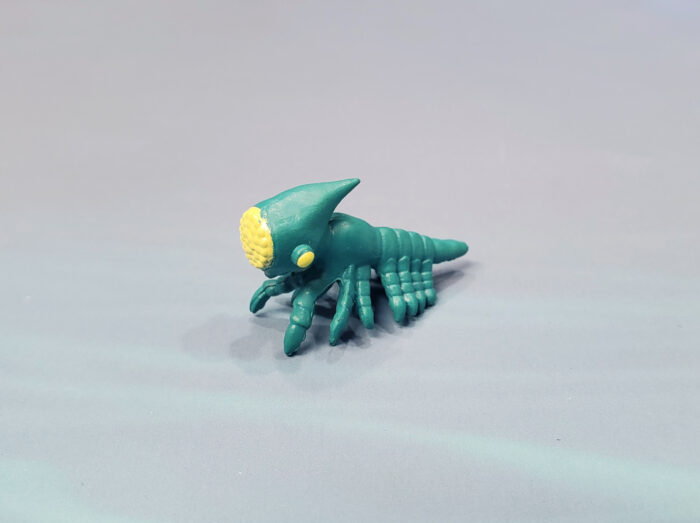
Review and images by bmathison1972; edited by Suspsy
Goticaris longispinosa is a tiny, enigmatic arthropod originally described from both immature and adult forms from the Orsten Lagerstätten (Upper Cambrian) of present day Sweden. It was originally described as an early offshoot of the clade Pancrustacea but is now considered stem-group Mandibulata outside of Pancrustacea.
Read more
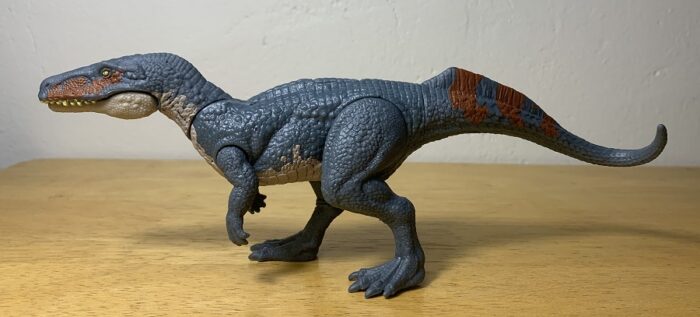
Mattel loves Pseudosuchians, or so it would seem. Just this year they released five of these crocodile-line archosaurs. Not since Bullyland’s heyday have we seen so many representatives of the group made by a single company, and I think Mattel must surely win the award for most Pseudosuchians ever produced.
Read more
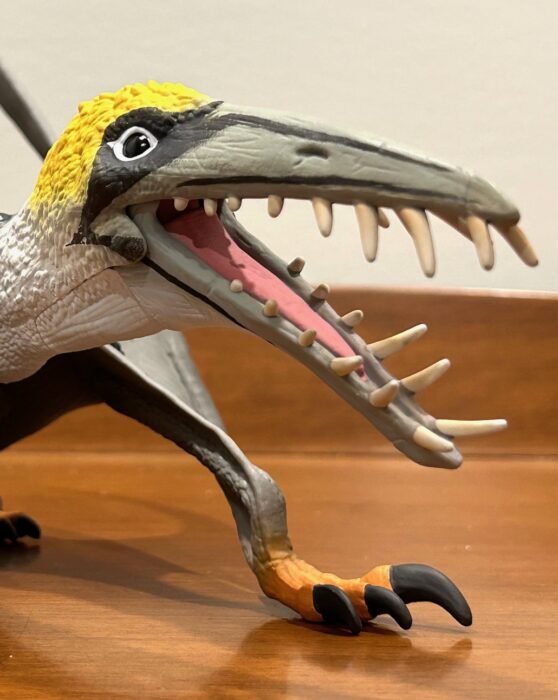
Discovered in the Lealt Shale Formation on the Isle of Skye in Scotland in 2017, Dearc sgiathanach (pronounced ‘jark ski-a-naw-ka’) was a Middle Jurassic rhamphorhynchine pterosaur, and quite a large one at that. Its precise size is uncertain, but the estimated wingspan is between 1.9 and 3.8 metres, which makes it the largest known aligerous animal of its time as well as one of the largest known rhamphorhynchids.
Read more















